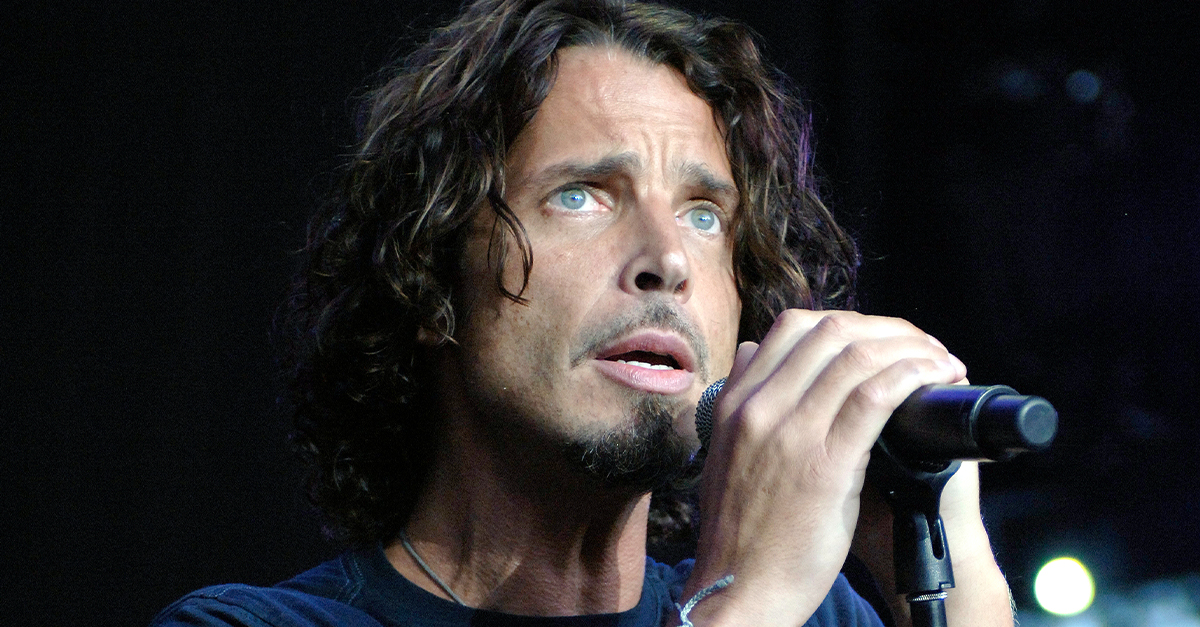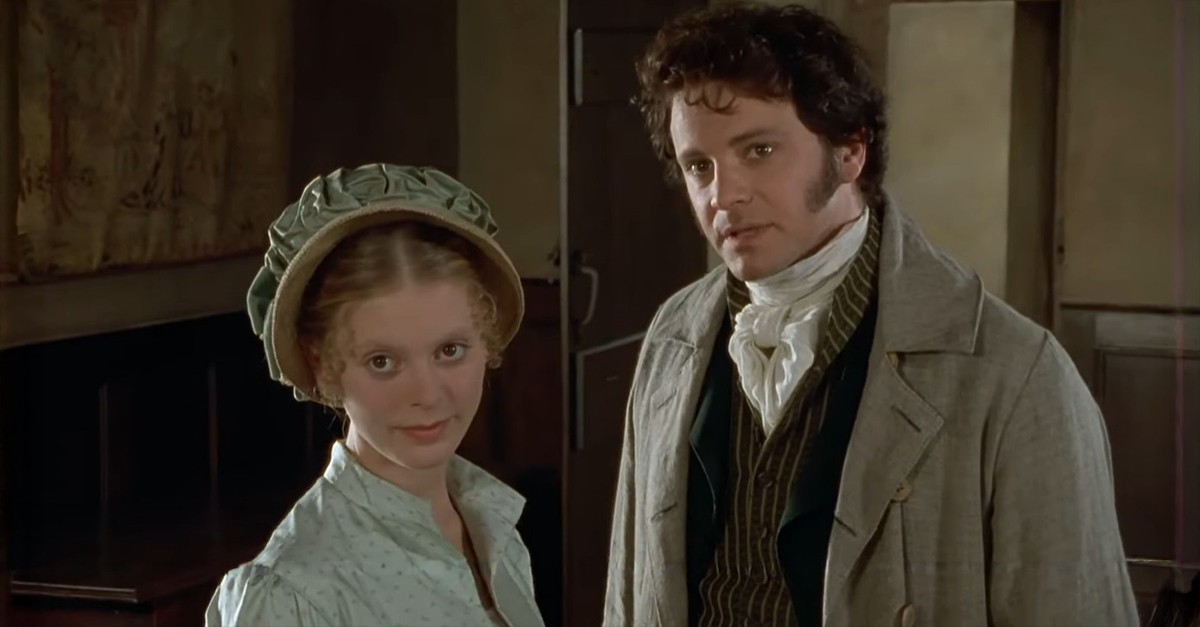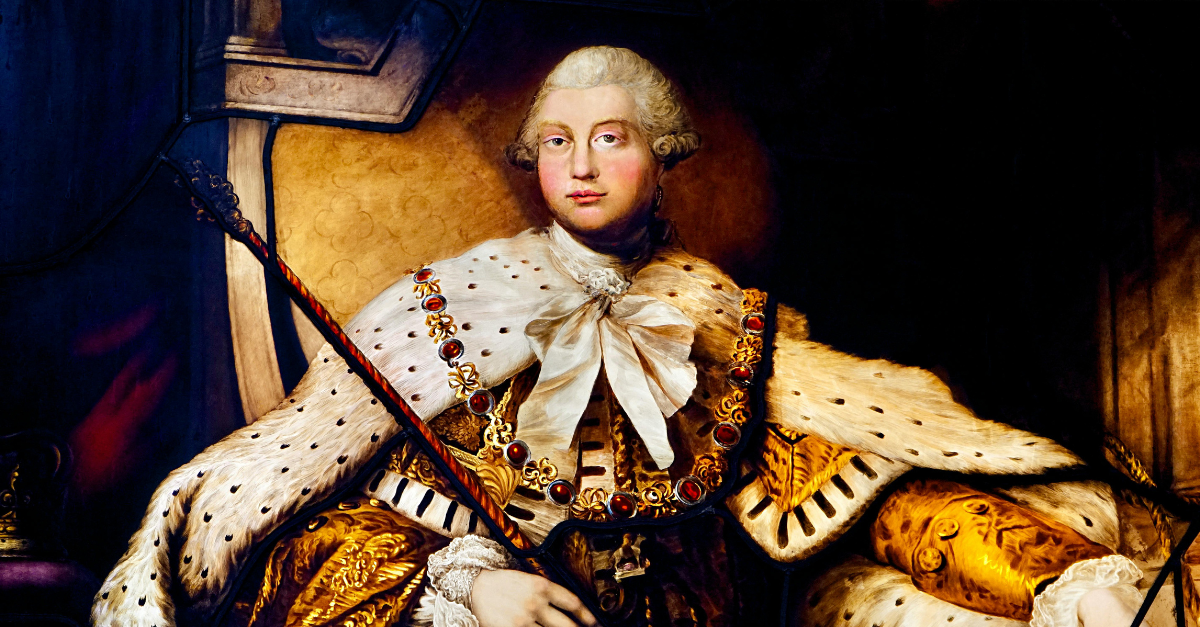All That Work…for That Little Clip?
Just because a scene lasts for only a few seconds doesn’t mean it was filmed that quickly. In fact, some of cinema’s most memorable—and shortest—moments took months of work behind the scenes. Directors obsessed, actors pushed through exhaustion, and crews fought malfunctioning rigs—all for scenes that flash by in seconds. Some of these will definitely surprise you.
The Spinning Hallway Fight in “Inception”
Christopher Nolan spent months building a rotating hallway rig and training Joseph Gordon-Levitt for the zero-gravity illusion. Nolan insisted CGI would “kill the shot,” demanding practical execution. The dizzying flips and glides last only seconds, yet the scene became a modern action classic.
 Screenshot from Inception, Warner Bros. Pictures (2010)
Screenshot from Inception, Warner Bros. Pictures (2010)
The 127-Take Door Scene in “The Shining”
Stanley Kubrick famously pushed Shelley Duvall and Jack Nicholson through 127 takes of the “Here’s Johnny!” scene. Duvall later described the process as “almost unbearable.” Those grueling days of repetition produced only seconds of footage, but the moment became one of horror’s most iconic images.
 Screenshot from The Shining, Warner Bros. Pictures (1980)
Screenshot from The Shining, Warner Bros. Pictures (1980)
The Motorcycle Drift in “Rogue Nation”
Tom Cruise trained extensively to land a razor-precise high-speed drift during the Morocco chase. The moment on camera is incredibly brief, but coordinating it safely required weeks of practice. Those few seconds helped set a new bar for practical action.
 Screenshot from Mission: Impossible – Rogue Nation, Paramount Pictures (2015)
Screenshot from Mission: Impossible – Rogue Nation, Paramount Pictures (2015)
Gollum’s First Light Reveal in “The Two Towers”
Weta Digital spent months perfecting Gollum’s skin and eye detail, reworking Andy Serkis’s performance frame by frame. The moment Gollum steps into the light lasts only seconds, yet it marked a major breakthrough in motion-capture realism and reshaped digital character work forever.
 Screenshot from The Lord of the Rings: The Two Towers, New Line Cinema (2002)
Screenshot from The Lord of the Rings: The Two Towers, New Line Cinema (2002)
Neo Dodging in “The Matrix”
The special shot required months of engineering and a full circle of custom cameras. Keanu Reeves, recovering from neck surgery, joked he had to “lean back forever.” The slow-motion dodge lasts only seconds but changed action filmmaking instantly and permanently.
 Screenshot from The Matrix, Warner Bros. Pictures (1999)
Screenshot from The Matrix, Warner Bros. Pictures (1999)
The Face Transformation in “Black Swan”
VFX artists spent months blending Natalie Portman’s face with swan details, refining texture and lighting. The eerie mid-dance morph lasts only a blink, but the precision behind it created one of the film’s most chilling and unforgettable moments.
 Screenshot from Black Swan, Fox Searchlight Pictures (2010)
Screenshot from Black Swan, Fox Searchlight Pictures (2010)
The Semi-Truck Flip in “The Dark Knight”
Christopher Nolan insisted on flipping a real semi-truck, rejecting CGI entirely. Effects supervisor Chris Corbould spent months calculating the stunt’s physics for one perfect take. The truck is airborne for barely a second, but it remains one of cinema’s great practical stunts.
 Screenshot from The Dark Knight, Warner Bros. Pictures (2008)
Screenshot from The Dark Knight, Warner Bros. Pictures (2008)
The T-Rex Breakout in “Jurassic Park”
Rain caused the T-Rex animatronic to malfunction constantly, forcing Stan Winston’s team into weeks of repairs. Spielberg endured long, cold night shoots to capture moments—like the dinosaur’s eye at the window—that last seconds but became defining images of the entire film.
 Screenshot from Jurassic Park, Universal Pictures (1993)
Screenshot from Jurassic Park, Universal Pictures (1993)
The Lightsaber Catch in “The Force Awakens”
ILM spent weeks fine-tuning wire pulls, digital glow effects, and timing so the lightsaber would streak past Kylo Ren and snap into Rey’s hand. The moment lasts under two seconds, yet it became the emotional turning point of the entire film.
 Screenshot from Star Wars: The Force Awakens, Walt Disney Studios Motion Pictures (2015)
Screenshot from Star Wars: The Force Awakens, Walt Disney Studios Motion Pictures (2015)
The Bus Jump in “Speed”
Stunt teams spent weeks calculating the ramp angle, bus speed, and weight distribution for the highway jump. They had only one shot to nail it. The bus is airborne for just a few seconds, but that brief moment became the film’s defining image.
 Screenshot from Speed, 20th Century Fox (1994)
Screenshot from Speed, 20th Century Fox (1994)
The Portal Sparks in “Avengers: Endgame”
ILM built hundreds of particle layers for each swirling portal, requiring months of rendering and simulation. Many appear only for heartbeats, yet those seconds triggered one of the biggest crowd reactions in modern blockbuster history and instantly became iconic.
 Screenshot from Avengers: Endgame, Walt Disney Studios Motion Pictures (2019)
Screenshot from Avengers: Endgame, Walt Disney Studios Motion Pictures (2019)
The Slow-Motion Walk in “Reservoir Dogs”
Tarantino shot the gang’s slow-motion walk repeatedly, adjusting posture and pacing to capture the perfect swagger. The final clip lasts only seconds, but it set the tone for the entire film and established the director’s now-signature sense of stylized cool.
 Screenshot from Reservoir Dogs, Miramax Films (1992)
Screenshot from Reservoir Dogs, Miramax Films (1992)
The Docking Spin in “Interstellar”
Nolan spent weeks coordinating miniature shots, CGI lighting, and Hans Zimmer’s rising score for the docking sequence. The moment when the ships align lasts only seconds, yet its precision and tension turned it into one of the film’s standout scenes.
 Screenshot from Interstellar, Paramount Pictures (2014)
Screenshot from Interstellar, Paramount Pictures (2014)
The Pole-Cat Stunts in “Mad Max: Fury Road”
Performers trained for months on swaying pole rigs bolted to moving vehicles. George Miller insisted on practical execution even though the swooping attacks appear only in fast cuts. Those intense seconds became some of the film’s most unforgettable stunt moments.
 Screenshot from Mad Max: Fury Road, Warner Bros. Pictures (2015)
Screenshot from Mad Max: Fury Road, Warner Bros. Pictures (2015)
The Briefcase Glow in “Pulp Fiction”
Tarantino spent weeks testing lighting gels, bulbs, and mirror rigs to create the mysterious golden glow inside the briefcase. The effect appears for barely a second, yet it launched decades of fan theories and became one of the film’s most iconic touches.
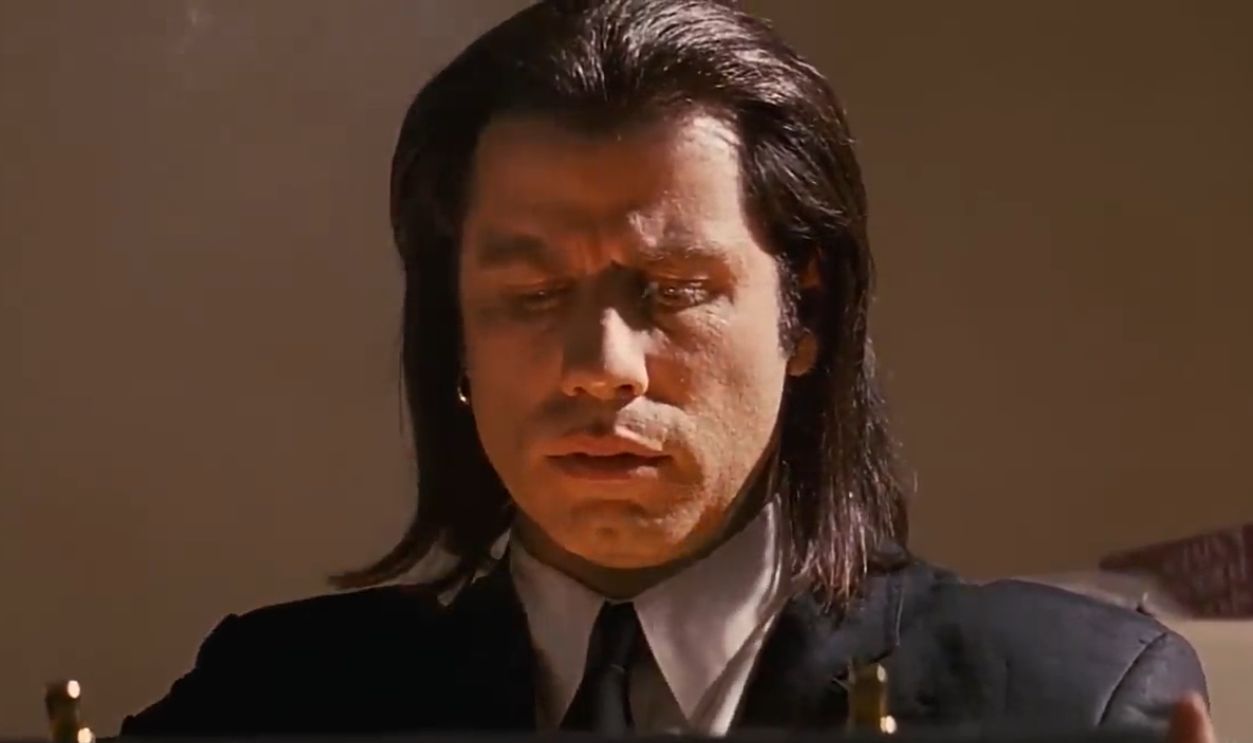 Screenshot from Pulp Fiction, Miramax Films (1994)
Screenshot from Pulp Fiction, Miramax Films (1994)
The Cyberdyne Blast in “Terminator 2”
James Cameron spent months preparing explosives, reinforcing sets, and designing debris paths for the massive Cyberdyne detonation. They could film it only once. Much of the destruction appears in half-second flashes, but the realism elevated the entire sequence.
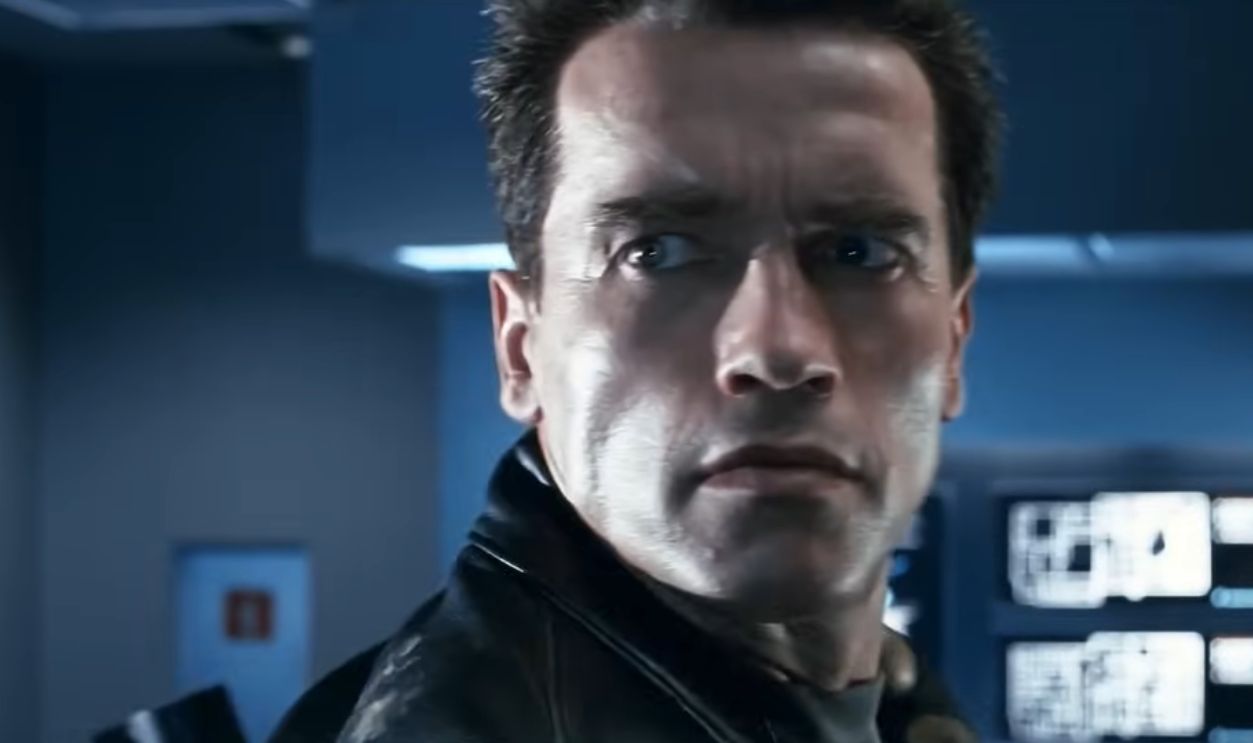 Screenshot from Terminator 2: Judgment Day, TriStar Pictures (1991)
Screenshot from Terminator 2: Judgment Day, TriStar Pictures (1991)
The Freeway Opening Shot in “La La Land”
The freeway musical number required months of rehearsal under extreme heat. Dancers, musicians, and camera operators repeated precise movements endlessly. Many of the toughest moments flash by in seconds, but they instantly set the film’s bright, energetic tone.
 Screenshot from La La Land, Lionsgate Films (2016)
Screenshot from La La Land, Lionsgate Films (2016)
The D-Day Flash Beats in “Saving Private Ryan”
Spielberg spent more than a month coordinating explosions, extras, and handheld chaos for the Omaha Beach assault. Many of the most brutal flashes—quick muzzle bursts and soldiers collapsing—last fractions of a second, yet that intense preparation made the sequence chillingly realistic.
 Screenshot from Saving Private Ryan, DreamWorks Pictures (1998)
Screenshot from Saving Private Ryan, DreamWorks Pictures (1998)
Silva’s Chair-Turn Reveal in “Skyfall”
Roger Deakins spent weeks perfecting the slow tracking shot for Silva’s introduction, while Javier Bardem rehearsed his monologue repeatedly. The actual chair turn lasts only seconds, yet it delivered one of the franchise’s most memorable villain entrances.
 Screenshot from Skyfall, Metro-Goldwyn-Mayer (MGM) (2012)
Screenshot from Skyfall, Metro-Goldwyn-Mayer (MGM) (2012)
The Train Fight Beats in “Spider-Man 2”
Sam Raimi spent months blending wire work, practical stunts, and CGI to craft the frantic train fight. Many of the most intense hits and web swings last less than a second, yet the sequence is still considered one of the best in superhero cinema.
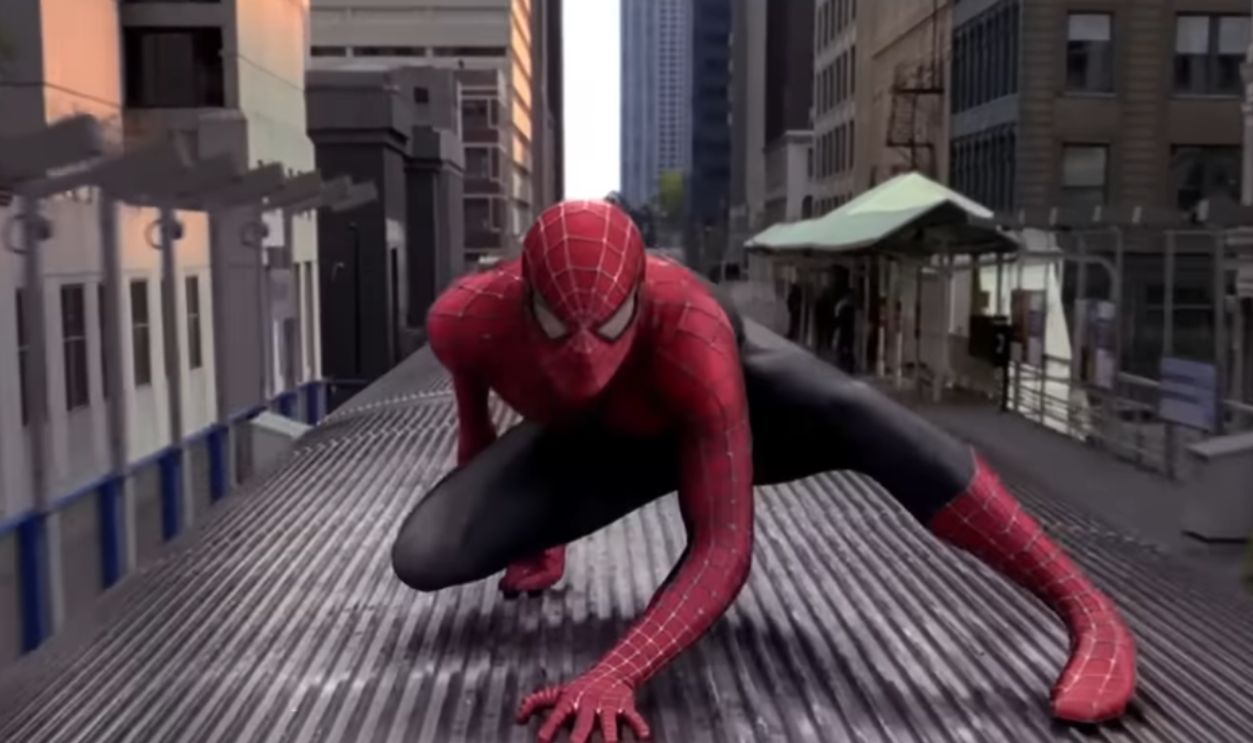 Screenshot from Spider-Man 2, Sony Pictures Releasing (2004)
Screenshot from Spider-Man 2, Sony Pictures Releasing (2004)
The Jetpack Ignition in “The Rocketeer”
ILM spent months combining miniature shots, smoke elements, lighting tricks, and optical effects to make the jetpack ignition look convincing. The ignition lasts only seconds, but it stood out as a groundbreaking achievement in early ’90s visual effects.
 Screenshot from The Rocketeer, Walt Disney Pictures (1991)
Screenshot from The Rocketeer, Walt Disney Pictures (1991)
The Border-Cross Flash Shots in “Sicario”
Denis Villeneuve spent weeks coordinating vehicles, timing gunfire, and positioning actors for the tense border ambush. Many of the most intense moments—muzzle flashes and quick cuts—appear for only seconds, but they created one of the decade’s most nerve-shredding scenes.
 Screenshot from Sicario, Lionsgate Films (2015)
Screenshot from Sicario, Lionsgate Films (2015)
The Aging Close-Up in “Blade Runner 2049”
VFX teams spent months crafting photoreal aging textures and matching the original film’s lighting for a close-up that lasts seconds. The attention to detail made the brief shot feel authentic and grounded the sequel in the world established decades earlier.
 Screenshot from Blade Runner 2049, Warner Bros. Pictures (2017)
Screenshot from Blade Runner 2049, Warner Bros. Pictures (2017)
The Helicopter Formation Approach in “Apocalypse Now”
Coppola spent months coordinating with military pilots to capture the eerie synchronized helicopter formations. Many of the best shots last only seconds, but the difficulty of filming them helped define the movie’s chaotic tone and unforgettable sense of looming violence.
 Screenshot from Apocalypse Now, United Artists (1979)
Screenshot from Apocalypse Now, United Artists (1979)
You Might Also Like:
Quiz: Can You Match the Quote to the Movie?
Can You Name Every Best Picture Winner From 2004 To 2025?



